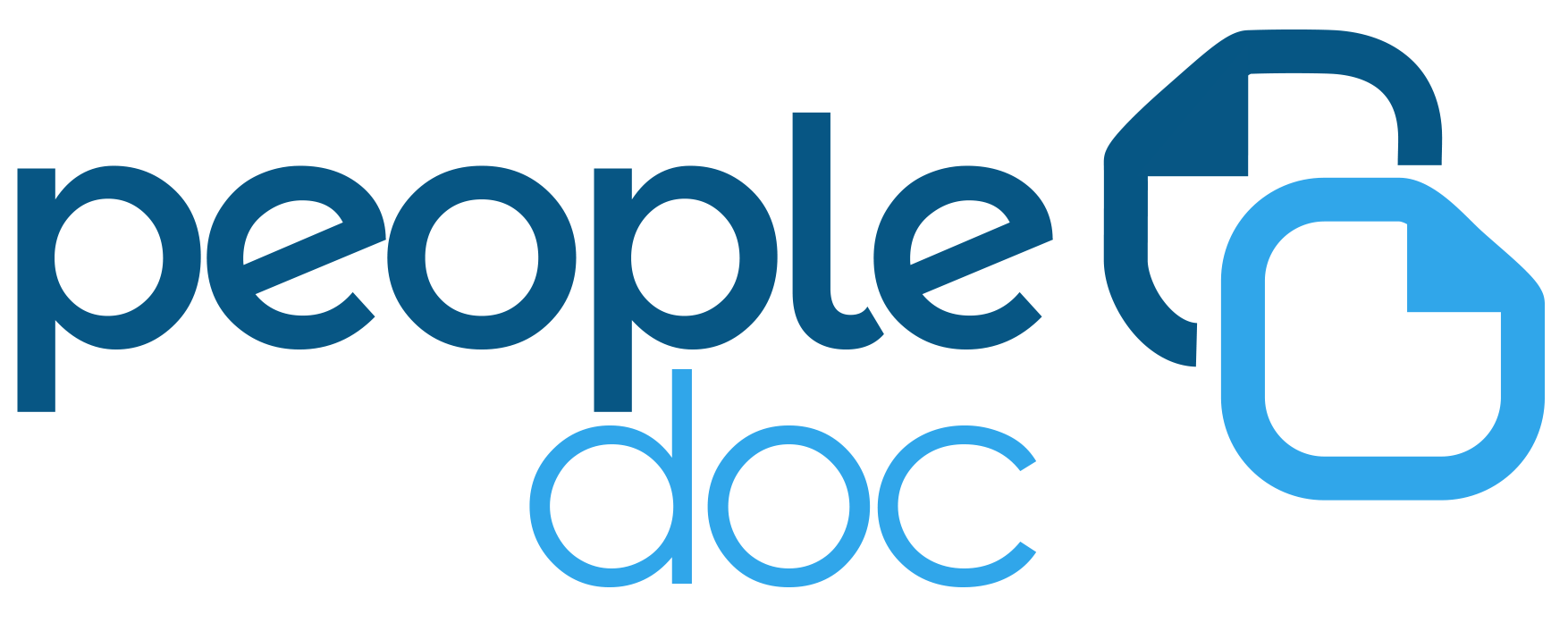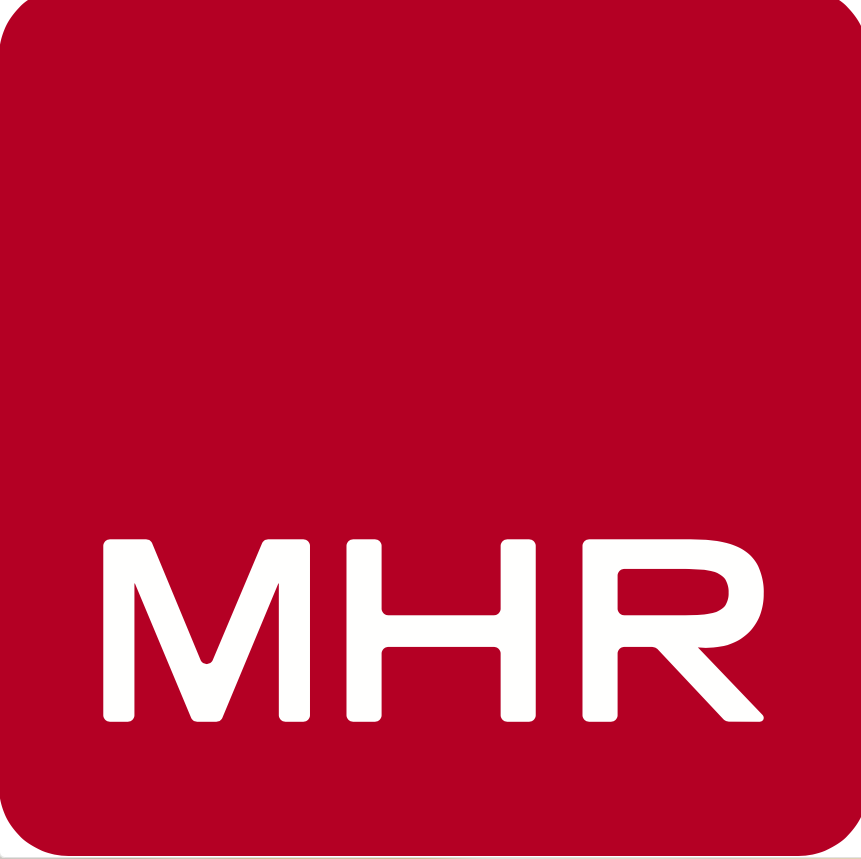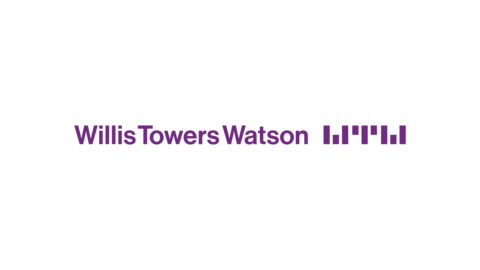We’ve come to expect ease of use and a great experience from the websites and applications we use every day. We take it as read that they’ll deliver on the promises they make. But until now benefit platforms have failed to deliver a similar level of user experience. While many off-the-shelf HR applications have improved dramatically over time, leading benefits platforms are lagging a long way behind.
The complexity of benefits structures, which vary from organisation to organisation, mean that in this area systems have struggled to keep up with the experience-driven pace so familiar in other parts of business. The technology has focused largely on handling these variable rules, but there remains a huge disparity in their ability to automate the processes satisfactorily, with many relying on expensive outsourced services to patch up any gaps.
In trying to support the widest range of benefits, the platforms on offer today have failed to provide both HR teams and employees with the kind of user experience they get from other everyday business and consumer applications. The result? At best an understandable feeling of dissatisfaction with the benefits systems, at worst a positive cynicism about the sector’s ability to deliver on its promises to provide automated systems that really deliver. The results simply don’t outweigh the investment in time, money and effort they take to use.
Meanwhile, out in the real world, providers like Netflix have made rapid advances by providing everyday services that are simple, quick and easy to access. Most employee benefits technology right now is still firmly back in the days when if you wanted to watch a film you had to wait for a DVD to arrive in the post. The benefits sector has fallen way, way behind.
To gain the highest levels of engagement – to get your workforce really excited – it’s essential that your chosen platform is quick, simple to use, and makes everything easy for both the HR team and employees to understand. There is a massive gain to be had in allowing employees to select and manage their own benefits packages, from extending their health cover to their whole family to getting a tax break on a new bike. But this can only be achieved if the platform is quick, simple and attractive to use. Unfortunately this is where existing platforms fall down: being slow, confusing and with dated interfaces. Not only does this mean they are less likely to be used, but they also give a poor impression of the brand the company is trying to project.
For benefit administrators the same is true. They don’t want to be waiting around while processes are running or having to search through the system trying to find out whether and how to perform a routine task. Time is money, and HR people have better things to do with that time. Imagine just how working lives could be enhanced if the platform itself could let you know what needs doing – and then complete that task for you at the click of a button?
Once again benefits platforms can learn from other sectors. Amazon has been a phenomenal success because it returns relevant information quickly – even from a huge range of products – and makes both check out and delivery as simple as possible. Why can’t benefit platforms provide the same high-quality experience? The answer is that they should and they can.
Many platforms can provide a personalised experience, but all too often without addressing the need to give the end user, be they HR or the employee, with the kind of design and performance they are familiar with from other consumer platforms. Instead they simply apply an extra layer of lipstick to the proverbial pig’s snout.
That’s no longer good enough, not least in a market that is rapidly evolving and seeing new exciting platforms stepping up to the challenge. The days of expensive outsourced – and frequently inadequate – solutions are long gone. Poor user experience has never been acceptable, but has somehow become the norm. People demand much, much more from the technology they rely on daily. They expect better and it's time for the sector to finally meet – and even exceed – those expectations.
Nick Kjelgaard is partnership director at Zest















